Weaving has been, from very early times, a very important art in the Aveiro region, since it was a technique used to weave the sails for sailing boats.
Hand weaving is a traditional form of fabric production that involves the manual interweaving of threads on a loom to create a pattern. It is a craft technique that has been used around the world for thousands of years, and continues to be practiced to this day.
about the weaving in the Aveiro region
An art of patience, skill and precision
Hand weaving is a traditional art that has been practiced in the Aveiro region for many centuries. Before industrialisation, this was the region’s main form of fabric production, using natural materials such as linen, cotton, and wool.
This type of weaving requires skill and precision since it consists in plaiting the threads on the manual loom, followed by the final touches, such as hems or fringes, which are also done by hand. Patterns are elaborated according to the client’s request or the craftsman’s creativity.
Each handmade piece is unique and can take hours, days, or even weeks to complete. It is an art form that offers a variety of creative options for craftspeople, including unique patterns, colours, and textures.
Currently, hand weaving in the Aveiro region is practiced by craftspeople who value tradition and ancient techniques. Manual weaving is a way to preserve the culture and history of the region, in addition to offering exclusive, eco-friendly, and high-quality pieces. Handmade fabrics have a special value, as each piece is unique and takes time and skill. It is an art form and a craft that requires technique, patience, and creativity.
Nowadays, hand weaving in the Aveiro region is practiced by craftspeople who value tradition and antique techniques, as is the case of Casa do Tear.
experience weaving in the Aveiro region
A unique and rewarding activity
Weaving is an essential part of Aveiro’s history and culture, and visiting one of the local workshops is a unique and fulfilling experience for visitors to the region. In the Aveiro region, it is possible to witness up close the weaving techniques of the best local craftspeople in action and experience the production process of weaving pieces.
At Casa do Tear, in Pardilhó, it is possible to participate in weaving workshops and other experiences to learn this art, improve techniques, and create your own pieces in fabric. Casa do Tear is a cultural and educational project located in the parish of Pardilhó, in the municipality of Estarreja, in the Aveiro region. The project aims to preserve and promote the art of hand weaving and offers various activities related to this traditional art.
Casa do Tear is an important cultural space in the Aveiro region, which contributes to the preservation and promotion of the art of manual weaving, besides offering a unique experience for visitors interested in knowing the history and local culture.
Not to be missed in Aveiro Region
Casa do Tear, Estarreja
At Casa do Tear, it is possible to visit the museum, which features an exhibition on the history and evolution of weaving in the Aveiro region, with a collection of manual looms and other equipment. It is also possible to take part in manual weaving workshops and courses, where visitors can learn ancient techniques and produce their own pieces in fabric.
In addition, Casa do Tear organises cultural events and festivals related to weaving, such as the Pardilhó Weaving and Linen Festival, which takes place every year in August and counts with the participation of local and national craftspeople, presenting their work and performing live demonstrations.
Get to know the craftswoman
Visit the Aveiro region and contribute to the valorisation of local craftspeople and preservation of the crafts and regional wisdom.
The craftspeople of the Aveiro region maintain traditional techniques of the region, which have been handed down from generation to generation, produce high quality and unique products, using sustainable techniques and materials, promote the local economy and allow the personalisation of products. All these reasons contribute to keeping alive the culture and history of the Aveiro region, besides offering visitors exclusive and sustainable products.

The Casa do Tear is the place where Anabela’s mother always lived and worked, and it was restored 10 years ago by her and her brother with the aim of making the art known and paying tribute to their mother. At that time, her brother took on the project full time, with Anabela helping out only in her spare time.
Although she had helped her mother in the weaving business all her life, Anabela was, until six years ago, a civil engineer. Her brother was an electrical engineer, and left his job 10 years ago when they opened Casa do Tear.
Anabela learnt the art of weaving by watching her mother at work, and helped at weekends in the warping and dyeing processes.


